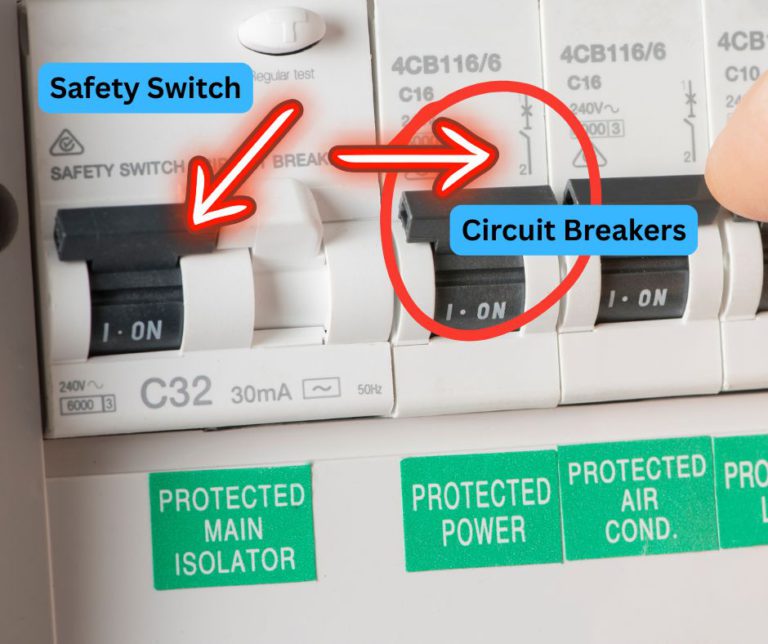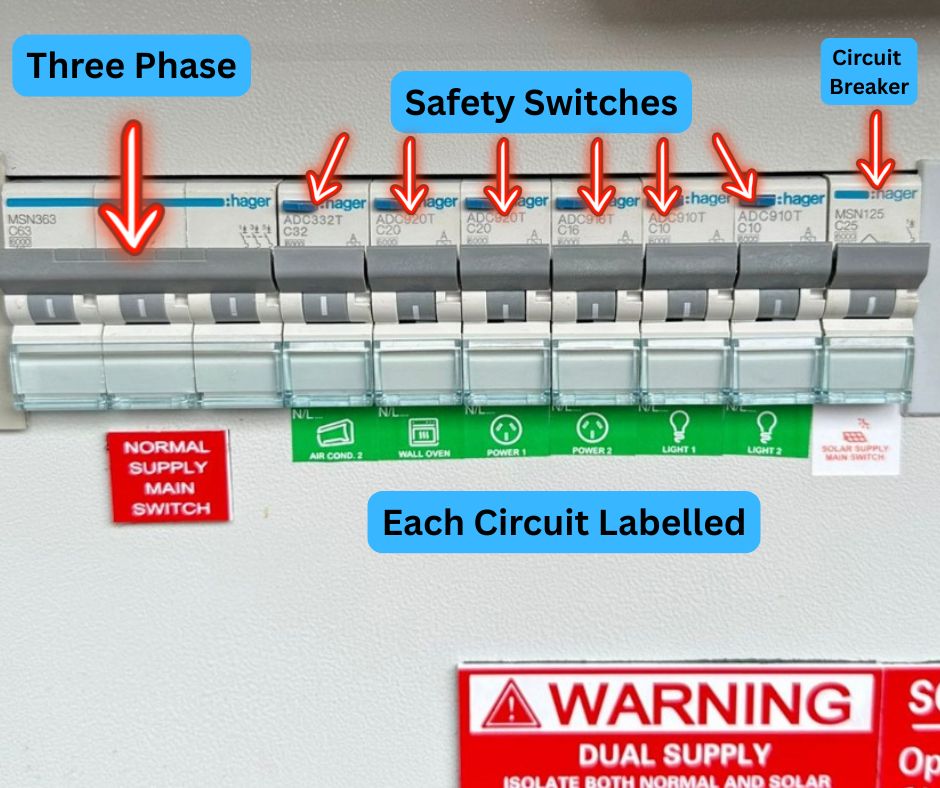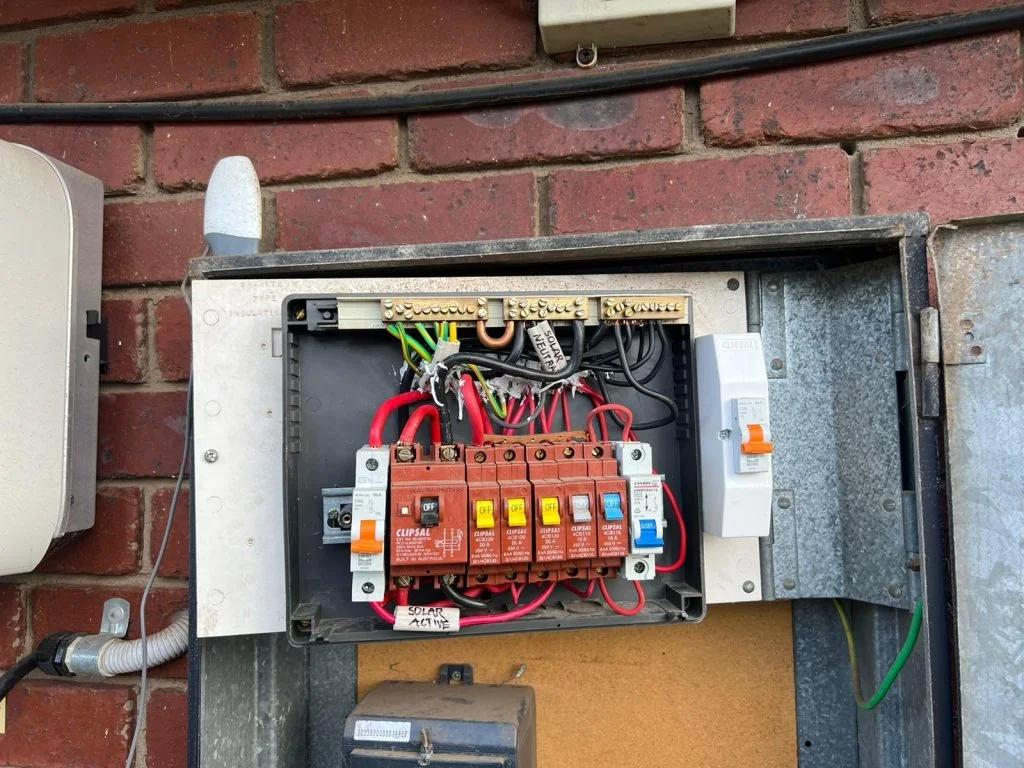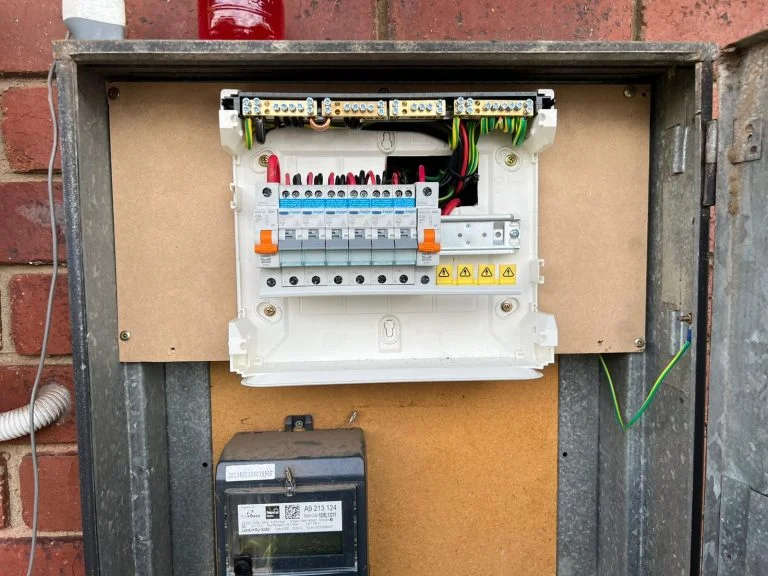Discover the Essential Role of Safety Switches in Safeguarding Your Home
Without safety switches, commonly known as RCDs or Residual Current Devices, your residence is at significant risk, lacking an automatic protective system that secures you against electric shock. In instances of electrical faults, the power may not disconnect swiftly enough, exposing you to the threat of serious injuries or devastating fires. In Victoria, it has become a legal requirement to install safety switches for all final circuits within residential homes, significantly boosting safety and helping to avert accidents.
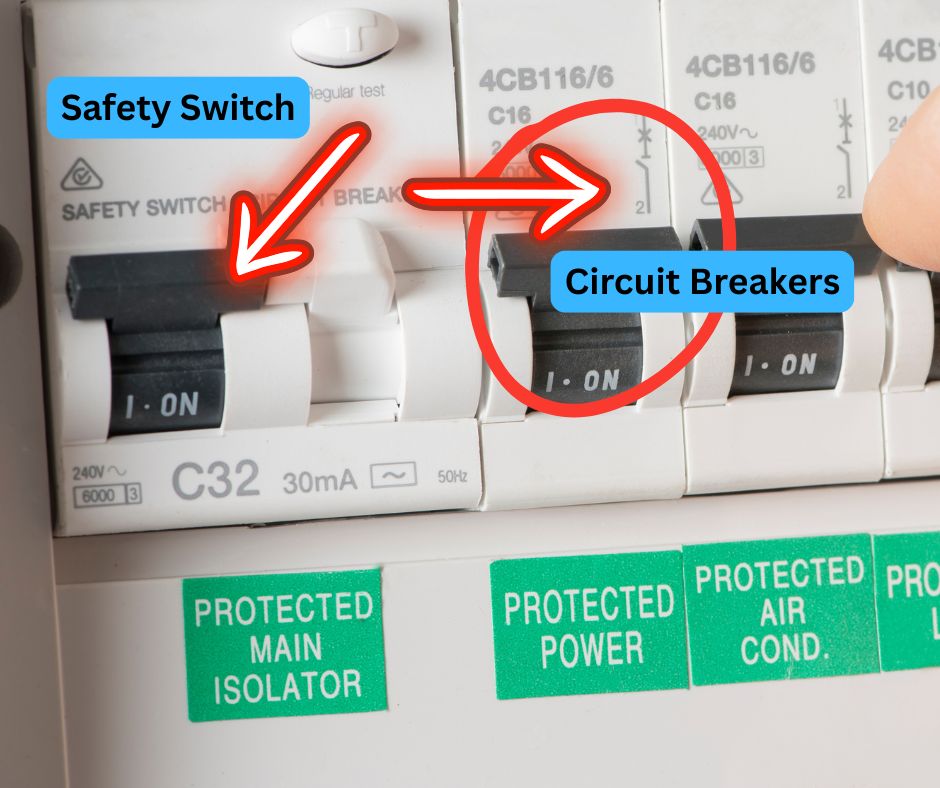
Explore the Functionality of Switchboards and the Crucial Role of Safety Switches
Safety switches are indispensable components within your home’s electrical infrastructure. If your switchboard lacks these vital protective devices, you are putting your safety at serious risk. This concern is especially relevant in older residences located in areas like Footscray, Braybrook, and Yarraville, where many long-term inhabitants have not modernised their electrical systems for decades. While older fuse boxes equipped with ceramic fuses, cotton-wrapped wiring, or simple breakers might still function, they fail to provide adequate protection against electric shock or other potential electrical hazards that could endanger you and your loved ones.
Understanding the risks associated with obsolete electrical systems is essential for ensuring your household’s safety.
1. What Is a Safety Switch and What Functions Does It Perform?
A safety switch, also known as a Residual Current Device (RCD), continuously monitors the flow of electricity in real-time. If it identifies a current leak—such as one caused by a damaged wire or an individual accidentally touching the electrical current—it disconnects the power within milliseconds. This rapid response is what makes safety switches vital for averting serious accidents. Unlike traditional fuses and breakers that only trip due to overcurrent, safety switches react to hazardous situations, ensuring your safety and delivering peace of mind.
2. How to Efficiently Check for the Presence of Safety Switches in Your Home
To determine if your switchboard is equipped with safety switches, open the panel and look for specific indicators, such as:
- Labels that clearly indicate “Safety Switch”
- Labels denoting “RCD”
- A TEST button located on the circuit breaker
If you cannot find a test button on any of your breakers, or if your switchboard still utilises ceramic fuses, this implies that you lack RCD protection in your home. This critical information is elaborated further in our comprehensive Switchboard Upgrade Services.
3. What Are the Consequences of Not Having Safety Switches Installed?
Heightened Risk of Serious Electric Shock
If your home lacks a RCD, the level of risk increases significantly. If a live wire contacts a person or a conductive object, the electrical current remains active. This situation is extremely perilous, as neither the fuse nor the breaker will trip quickly enough to avert a serious electric shock, creating a potentially fatal scenario.
Insufficient Protection Against Appliance Failures
When appliances, such as a malfunctioning toaster or washing machine, begin to leak current, they can energise nearby metal surfaces, resulting in significant injury. Fortunately, RCDs are specifically designed to promptly identify these hazardous faults, delivering critical protection and potentially saving lives.
Failure to Comply with Current Safety Regulations
All residences constructed or renovated after 1991 in Victoria are legally required to have safety switches installed on power circuits. As of 2007, this mandate has been extended to include lighting circuits as well. For comprehensive guidelines, please refer to the documentation provided by Energy Safe Victoria.
4. Identifying Signs That Your Switchboard Is Outdated and Unsafe
- No presence of “TEST” buttons on breakers
- Outdated ceramic fuses in use
- Power outlets emitting buzzing sounds or feeling warm to the touch
- A single circuit serving your entire household
- Inadequate space for adding new breakers
- Frequent flickering lights or tripping circuits when multiple appliances are in use
If you notice any of these alarming signs, we strongly recommend visiting our switchboard service page. Our highly trained team can perform a detailed inspection of your switchboard and provide you with a precise quote on the spot.
5. Our Detailed Process for Upgrading Your Switchboard
Throughout our comprehensive upgrade procedure, we will:
- Conduct an exhaustive inspection of your current switchboard and electrical circuits
- Remove any outdated ceramic fuses or breakers
- Install modern RCBOs that combine circuit breaker and safety switch functionalities
- Label every circuit clearly for easy identification and access
- Provide a Certificate of Electrical Safety upon successful completion of the upgrade
- Coordinate any necessary temporary power shutdowns to ensure safety during the process
Moreover, we can strategically separate lighting and power across different circuits, greatly improving both the safety and performance of your home’s electrical system.
6. Is Full Replacement of Your Switchboard Necessary?
In most cases, the answer is affirmative. Simply adding safety switches to an older switchboard is not always the safest or most efficient approach. We frequently suggest a complete switchboard replacement if:
- You are still using rewireable fuses
- Obvious signs of overheating or corrosion are present
- You plan to install additional circuits or electrical appliances
- Your insurance provider requires a compliant switchboard for coverage
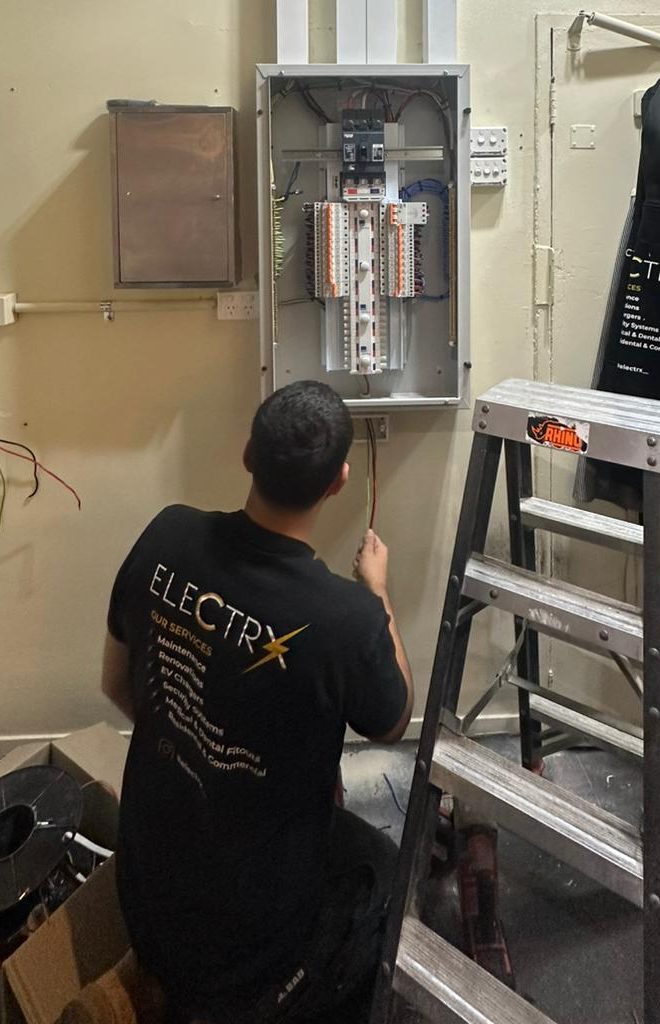
Frequently Asked Questions About Safety Switches
Are safety switches mandatory by law?
Yes, safety switches are legally required for all newly constructed homes and during significant renovations. Older properties must have these devices installed whenever substantial electrical work is carried out.
How often should safety switches be tested to ensure they function correctly?
It is advisable to test safety switches every three months. Simply press the TEST button to check that it trips as intended. If it fails to trip, this indicates a malfunction, and you should schedule a replacement immediately.
Can I retain my old fuse box and just install one RCD?
While this is technically possible, it is rarely advised. Older fuse boards are not designed to handle the demands of modern electrical circuits.
Will my power supply experience an interruption during the upgrade?
Yes, there will be a temporary interruption in your power supply. However, we will strive to minimise downtime and will work in coordination with your energy distributor to ensure a seamless transition.
Elevate Your Safety and Compliance by Upgrading Your Switchboard Today
Operating your home without safety switches exposes you to significant risks associated with electrical malfunctions. A single electrical fault could lead to severe electric shocks, fire hazards, or even more grave consequences.
We specialise in effectively upgrading your switchboard, ensuring it meets all safety standards and is fully certified, so your home adheres to modern safety regulations and avoids outdated practices.
Learn more about our Switchboard Upgrade Services in Melbourne for further details.
No Safety Switches on Your Switchboard? Here’s Why That’s Not Safe
The Article: Safety Switches on Your Switchboard: Why They’re Essential first appeared on https://writebuff.com
The Article Essential Safety Switches for Your Switchboard Was Found On https://limitsofstrategy.com
